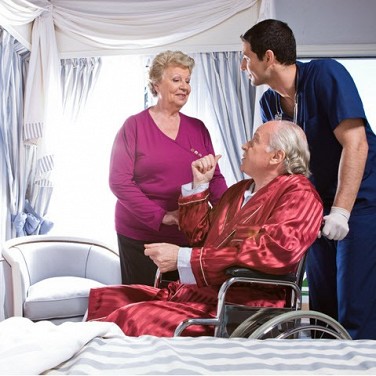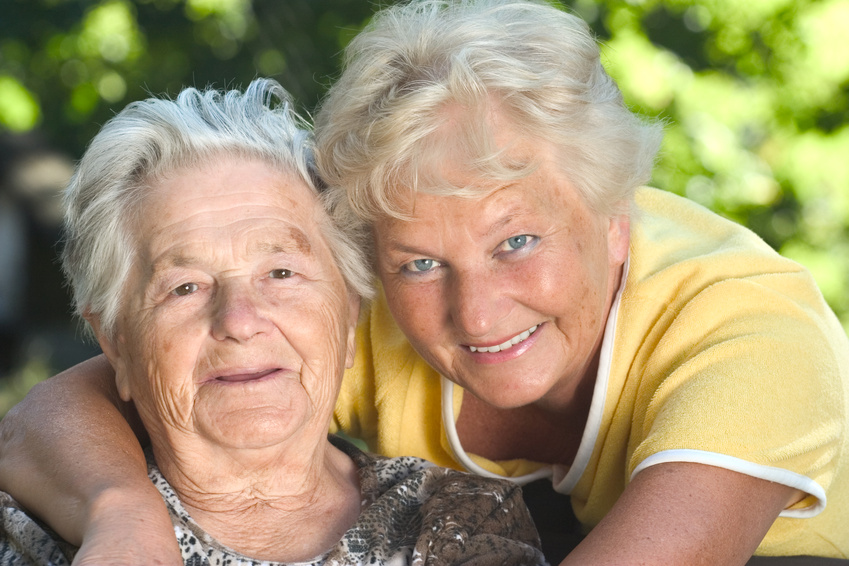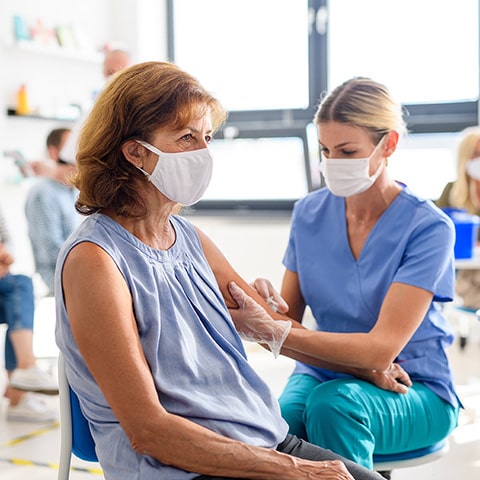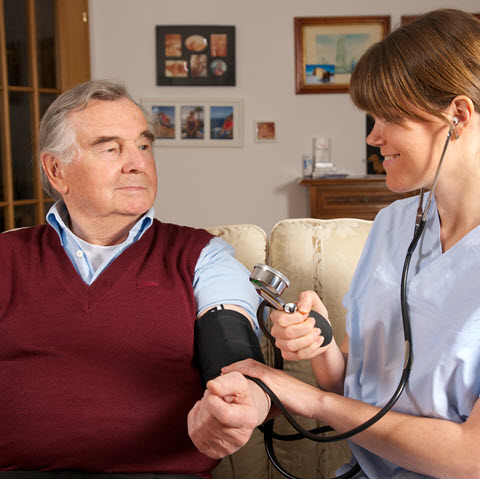
n Australia, heart disease is a leading cause of death among seniors, making it crucial for nursing homes to be fully equipped to manage cardiac emergencies. As the population ages, private senior residences are placing a strong emphasis on emergency preparedness, particularly for those with cardiovascular conditions. This article explores how these nursing homes are designed to handle cardiac emergencies through staff training in CPR, the availability of defibrillators, and partnerships with local hospitals to ensure the best possible outcomes for residents.
1. Comprehensive staff training in CPR
One of the most critical aspects of managing cardiac emergencies is ensuring that all nursing home staff are trained in Cardiopulmonary Resuscitation (CPR). Cardiac arrest requires immediate intervention, and CPR is a life-saving technique that can keep blood circulating until emergency medical services arrive.
Regular CPR Training: In Australia, nursing home staff typically undergo annual CPR training to ensure they are up to date with the latest guidelines. This training includes chest compressions, rescue breathing, and the use of defibrillators, all of which are vital in responding to a heart attack or sudden cardiac arrest.
On-Site First Responders: Many private nursing homes ensure that there are trained staff available 24/7 who are ready to respond to emergencies. Having first responders on-site means that immediate action can be taken, which significantly increases the chances of survival for residents experiencing a cardiac emergency.
2. Availability of defibrillators for rapid response
Automated External Defibrillators (AEDs) are essential tools in cardiac emergencies. These devices deliver a controlled electric shock to the heart to restore normal rhythm in the case of sudden cardiac arrest. The immediate availability of defibrillators in nursing homes is crucial for saving lives.
AED Placement and Accessibility: Private senior residences ensure that AEDs are placed in easily accessible locations throughout the facility. These devices are strategically placed so they can be quickly accessed by staff members in the event of an emergency.
User-Friendly Technology: Modern AEDs are designed to be simple to use, with voice prompts that guide the user through each step. This ensures that even non-medical personnel can confidently operate the defibrillator during a cardiac emergency.
The combination of CPR and the use of AEDs is often the difference between life and death in a cardiac emergency, and nursing homes in Australia prioritise both to protect their residents.
3. Partnerships with local hospitals
In addition to on-site emergency preparedness, nursing homes often establish formal partnerships with local hospitals to ensure that residents receive timely medical intervention. In the event of a cardiac emergency, the swift transfer of the resident to a hospital with advanced cardiac care is essential.
Emergency Protocols: Nursing homes have well-established emergency protocols in place to ensure that paramedics and hospital staff are informed and prepared to receive a resident in need of urgent care. These protocols include notifying the nearest hospital and coordinating transportation to ensure minimal delays.
Direct Communication: Many nursing homes maintain direct communication channels with nearby hospitals, ensuring that medical records, medication details, and resident history are transferred quickly and accurately during an emergency.
These partnerships create a seamless transition from nursing home to hospital care, reducing the time it takes for seniors to receive the critical care they need.
4. Routine drills and emergency preparedness
Preparation for cardiac emergencies goes beyond training and equipment—it requires practice. Nursing homes that are serious about emergency preparedness regularly conduct drills to ensure that all staff know exactly what to do in the event of a cardiac arrest.
Simulated Emergencies: Regular emergency drills simulate real-life scenarios where staff must respond to a resident experiencing a heart attack or cardiac arrest. These drills test the staff’s ability to perform CPR, operate AEDs, and follow the emergency response protocols.
Evaluation and Improvement: Following each drill, nursing homes evaluate the response and identify areas for improvement. This ongoing evaluation ensures that the staff remain prepared and confident in their ability to handle cardiac emergencies.
5. Preventative measures to reduce the risk of cardiac emergencies
While being prepared for emergencies is critical, many nursing homes take a proactive approach by implementing preventative measures that help reduce the likelihood of cardiac events in the first place.
Regular health monitoring: Many nursing homes offer routine cardiovascular check-ups, including blood pressure monitoring, cholesterol checks, and heart rate tracking. These health assessments allow staff to identify potential issues before they become critical.
Personalised care plans: Residents with known heart conditions often have personalised care plans designed in consultation with doctors and cardiologists. These plans include tailored medications, dietary recommendations, and lifestyle adjustments to help manage heart disease and reduce the risk of emergencies.
By focusing on prevention, nursing homes can help residents manage their heart health and avoid the need for emergency interventions.
6. Emotional support for residents and families
Cardiac emergencies can be frightening for both residents and their families. Beyond physical care, nursing homes provide emotional support to help residents and their loved ones cope with the stress of heart disease.
Counselling services: Many nursing homes offer counselling services to residents with heart conditions, helping them navigate the emotional impact of their diagnosis and treatment. This support can reduce anxiety, which in turn can have a positive effect on heart health.
Communication with families: In the event of an emergency, nursing homes keep families informed every step of the way. Clear communication helps ease the emotional burden on families and ensures that they are kept up-to-date on their loved one’s condition.
Private nursing homes in Australia are increasingly equipped to handle cardiac emergencies, ensuring that residents receive the best possible care when it matters most. Through comprehensive staff training in CPR, the availability of defibrillators, and strong partnerships with local hospitals, these residences create a safe environment for seniors with heart conditions.
Nursing Home Plus is here to help you choose a care home or facility best suited to your needs. Do not hesitate to contact us on the following number: 0230 608 0055 or fill out this form.
Share this article :
Latest posts
You are looking for an establishment for your loved one ?
Get availability & prices
Fill in this form and receive
all the essential information
We would like to inform you of the existence of the opposition list for telephone canvassing.




.jpg)



